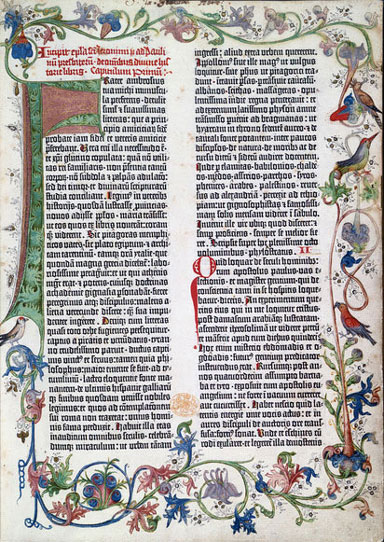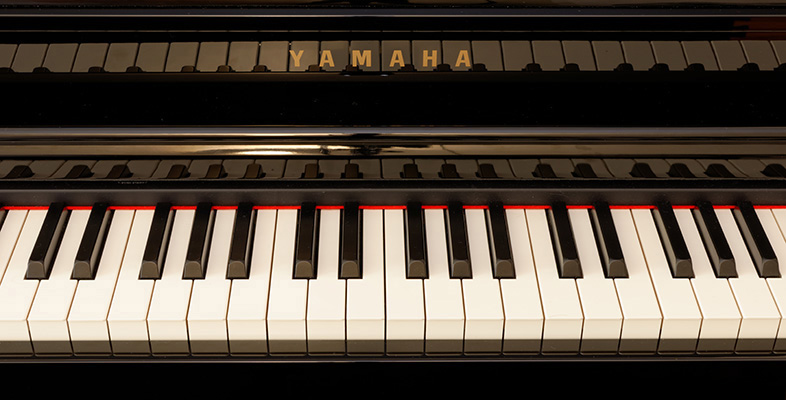2.1 SALAMI and CHARM
Two projects that use the techniques of digital humanities to aid music research are SALAMI and CHARM.
The SALAMI project (Structural Analysis of Large Amounts of Music Information) [Tip: hold Ctrl and click a link to open it in a new tab. (Hide tip)] is an inter-university project involving institutions in the UK, Canada and the USA. There is a helpful overview of SALAMI and what it is intended to achieve. The SALAMI project is feasible because of the existence of free datasets that include a body of music that can be the subject of analysis. An important resource in this respect is the Internet Archive (mentioned in the project description). This is one of several free sites. Another is Project Gutenberg, which includes a number of important books about music.

Musicians have used sound visualisation software to analyse musical performance as revealed in audio recordings. The value these programmes add to simply listening to music is that they can capture precise and scientifically accurate information about different performance parameters, such as tempo, phrasing and articulation. The Centre for the History and Analysis of Recorded Music (CHARM) used such a programme in one of the strands of its project. It is also worth exploring this site and the site of the second phase of the project, The Centre for Musical Performance as Creative Practice (CMPCP).
